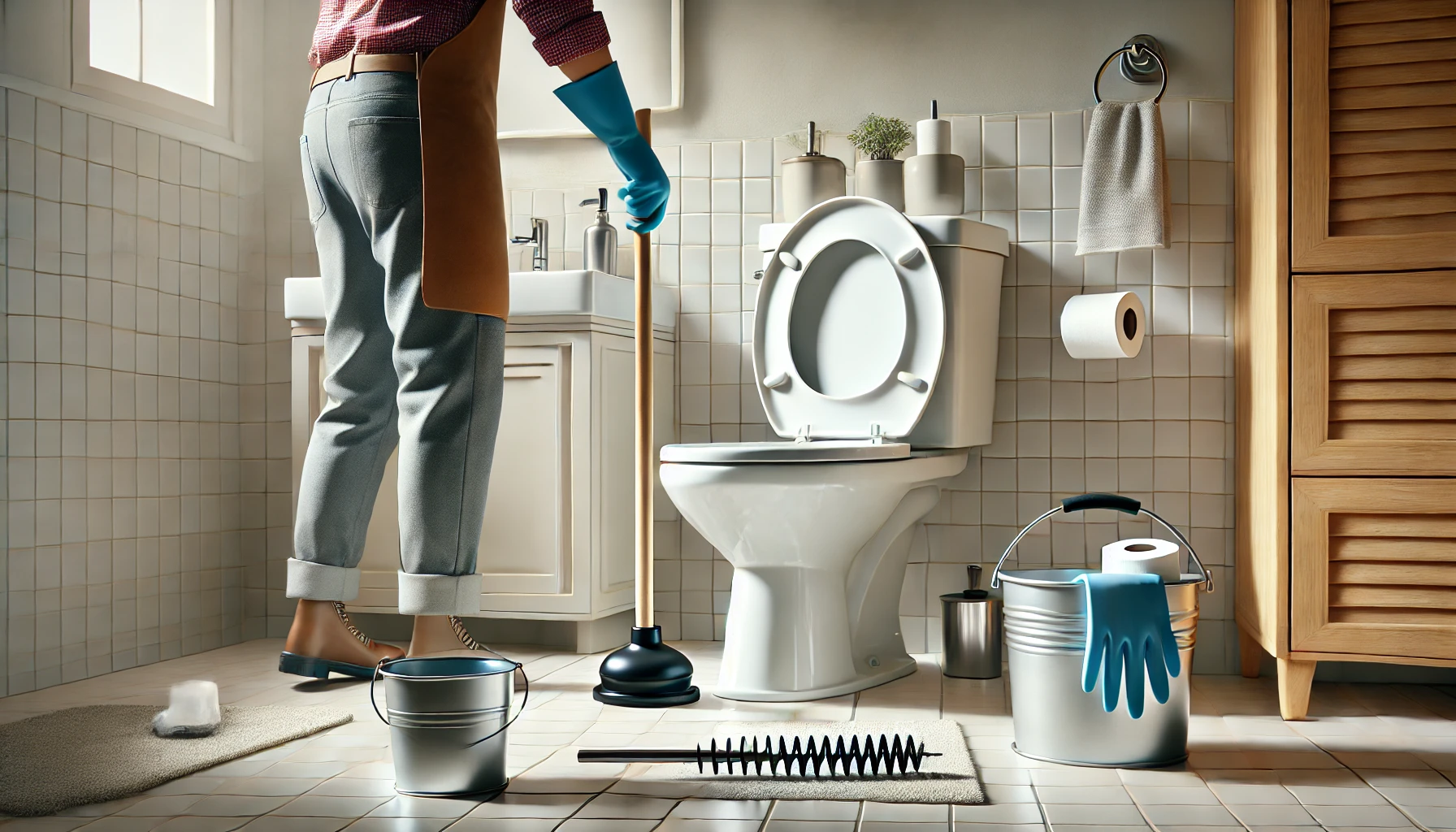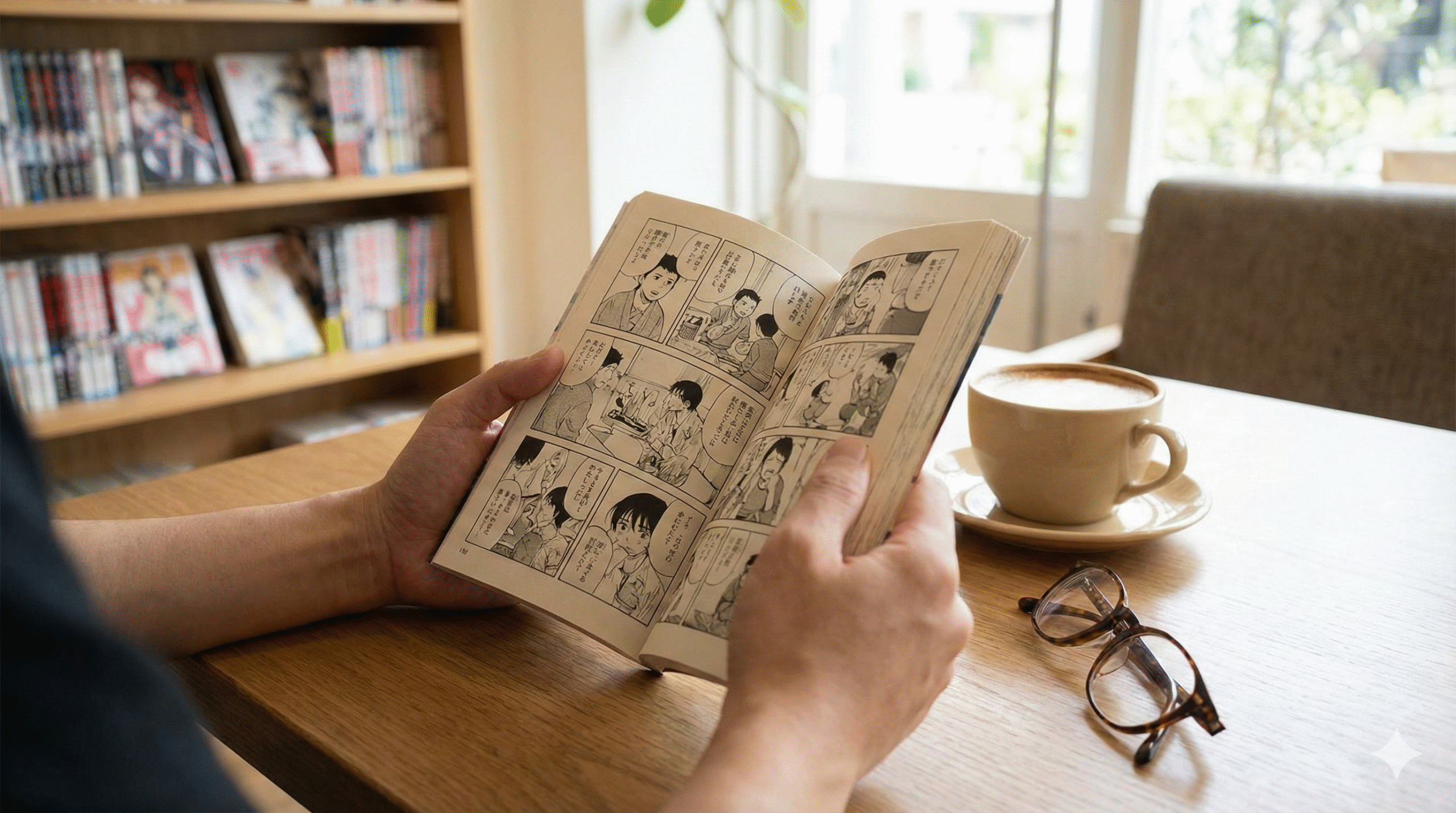A clogged toilet is a common household issue that can be both frustrating and stressful, but fear not! With the right tools and techniques, you can easily learn how to unblock a toilet and tackle this problem like a pro. In this comprehensive guide, we will walk you through the process of unblocking toilet, providing valuable insights and practical solutions.
1. Understanding the Basics: How Toilets Get Blocked
Before diving into the various unblocking methods, it’s essential to understand how toilets get blocked in the first place. Generally, blockages occur when foreign objects, debris, or excessive toilet paper accumulate in the toilet’s trap or drain pipe, hindering water flow. Common culprits include sanitary products, wet wipes, and excessive amounts of toilet paper.
2. Assessing the Severity of the Clog
Before attempting any unblocking methods, it’s crucial to assess the severity of the clog. A minor blockage may only require a simple plunge, while a more severe blockage might necessitate the use of a toilet auger or even professional assistance.
3. Gathering Your Tools: Preparing for Unblocking
To effectively unblock your toilet, you’ll need a few essential tools:
- Plunger: A plunger is the first line of defense against a clogged toilet. Choose a flange plunger, specifically designed for toilets, as it forms a better seal.
- Toilet Auger: Also known as a plumbing snake, a toilet auger is a long, flexible cable used to dislodge stubborn blockages.
- Rubber Gloves: Protect your hands and maintain hygiene while dealing with a clogged toilet.
- Bucket and Towels: Prepare for potential spills or overflows by having a bucket and towels on hand.
4. Plunging: The First Line of Defense
Start by ensuring the water level in the toilet bowl is low enough to avoid overflowing during the plunging process. Place the plunger over the drain hole, forming a tight seal. Firmly push and pull the plunger up and down several times, maintaining a steady rhythm. This action creates pressure that can dislodge the blockage. Once the water starts draining, flush the toilet to confirm the success of your efforts.
5. Using a Toilet Auger: When Plunging Isn’t Enough
If plunging proves ineffective, it’s time to break out the toilet auger. Insert the cable into the toilet bowl, feeding it gently into the drain pipe. Rotate the handle as you push the cable forward, ensuring it makes contact with the blockage. Once you feel resistance, continue rotating and pushing the cable until the blockage is dislodged. Flush the toilet to confirm the success of this unblocking method.
6. Chemical Drain Cleaners: A Word of Caution
While chemical drain cleaners may seem like a convenient solution, they come with potential hazards and should be used with caution. These cleaners can cause pipe damage, pose health risks, and negatively impact the environment. Moreover, they may not effectively remove tough blockages. Consider alternative unblocking methods before resorting to chemical cleaners.
7. Preventive Measures: Keeping Your Toilet Unblocked
Prevention is always the best course of action. To keep your toilet unblocked and avoid future clogs, follow these simple guidelines:
- Limit Toilet Paper: Be mindful of the amount of toilet paper used, and encourage others in your household to do the same.
- Dispose of Foreign Objects Properly: Never flush sanitary products, wet wipes, or other foreign objects down the toilet. Use a wastebasket instead.
- Regular Maintenance: Periodically clean your toilet’s trap and drain pipe to remove any accumulated debris.
By following these steps and maintaining good habits, you can confidently tackle clogged toilets and keep your home’s plumbing running smoothly. Remember, when faced with a clogged toilet, always approach the situation with patience, persistence, and the right tools. Happy unblocking!




